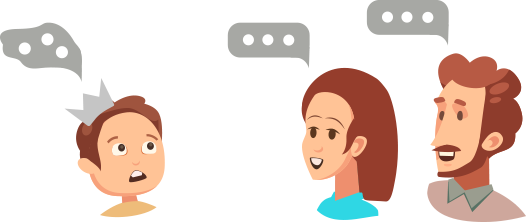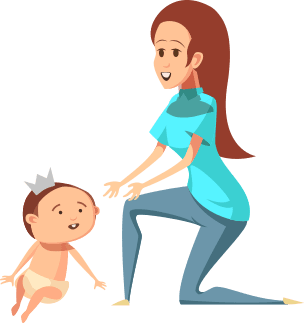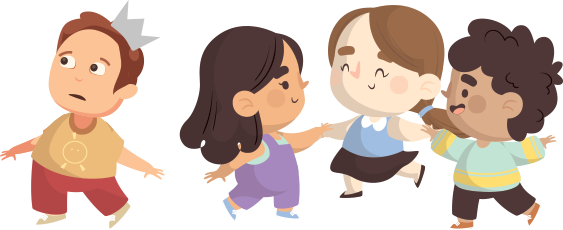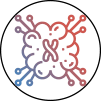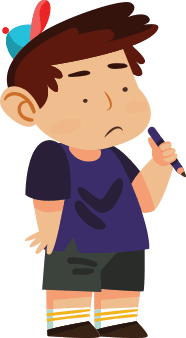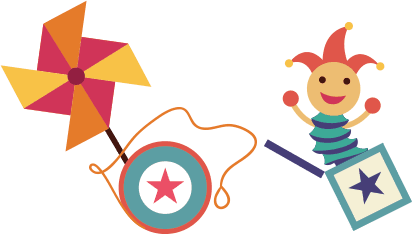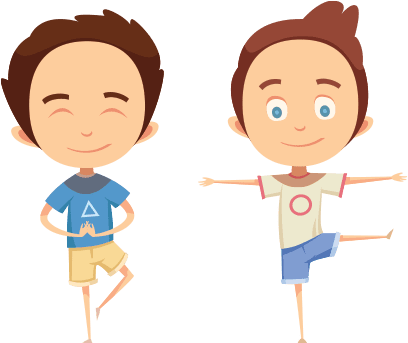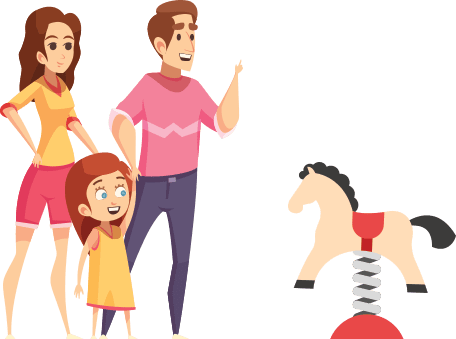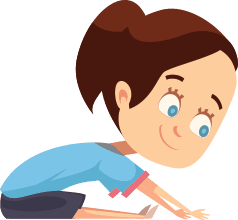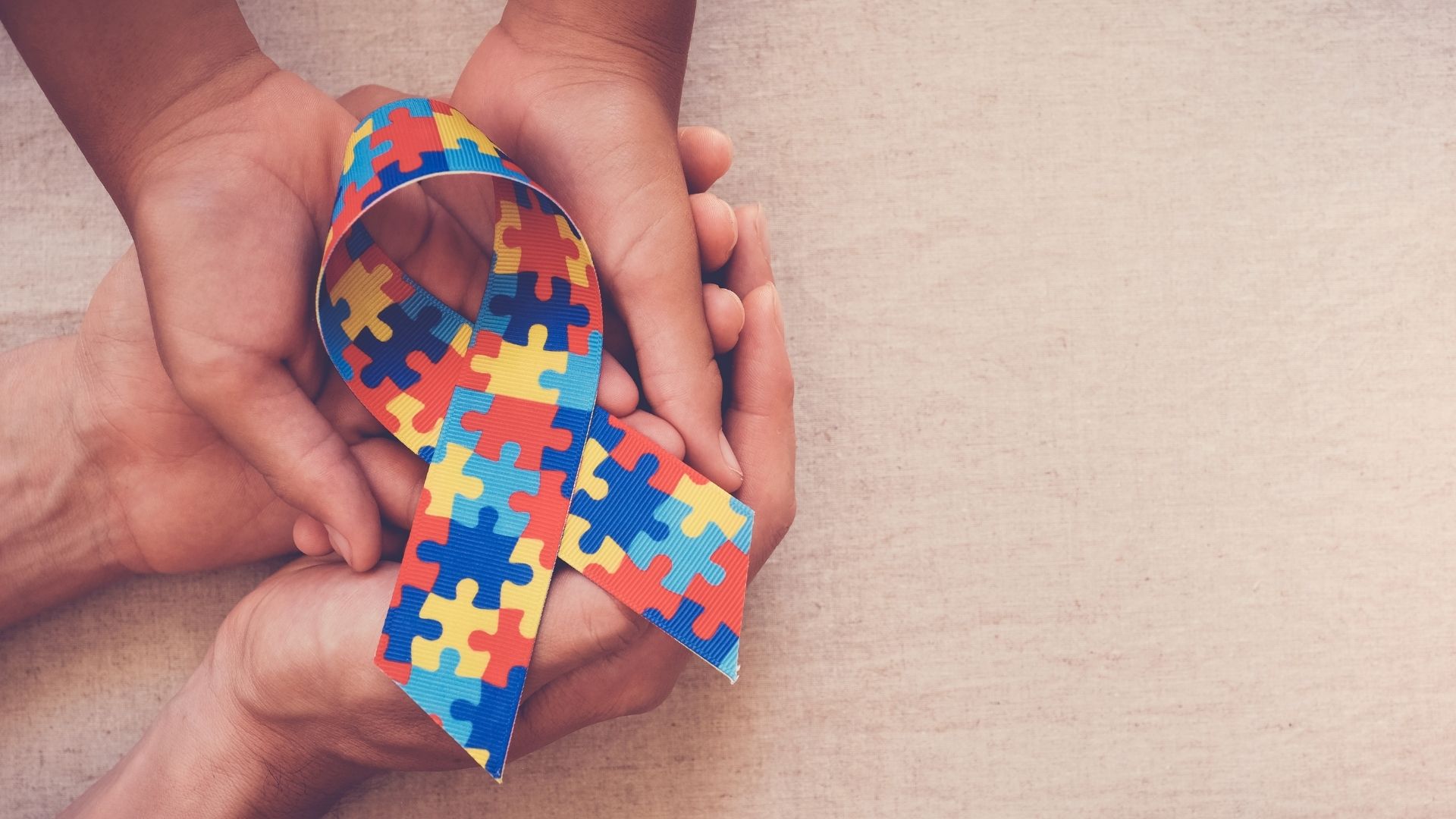Highlights:
At Buddhi Clinic we see parents and families as key stakeholders in the journey of the child, adolescent and adult with ASD.
We involve the parents and family actively in our therapeutic program through transparent sharing of knowledge and information, education about the condition and enablement with tools.
We create for each client and family an active home program toolkit, one that they can use to schedule, deliver, track and manage the progress of their family member.
Our approach has cultural consonance - weaving together, seamlessly, the rigour of Western medicine and the mindfulness of the East.





